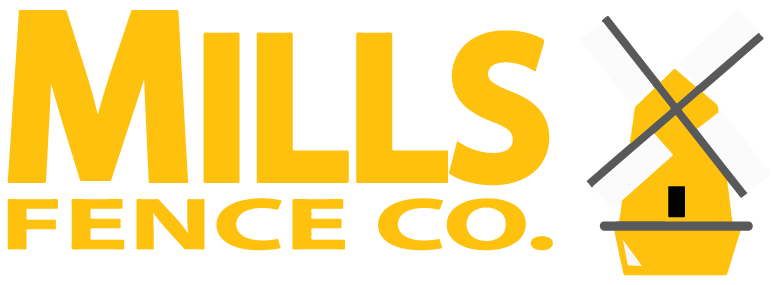6 Common Types of Fence Damage (And How to Prevent Them)
A strong, well-built fence that’s properly maintained protects and beautifies your home. However, when your fencing becomes damaged, your perimeter may lose its function or its visual appeal.
In this blog, we list six of the most common types of fence damage and provide strategies for preventing each specific issue.
1. Corrosion
Most construction materials can corrode after long periods of exposure to sunlight and moisture. On wood fences, corrosion usually comes in the form of mold or rot, while metal fences are vulnerable to rust.
Prevention
When installing a fence, choose the right material for your area. If you live in a wet climate,choose a fence material with a durable, water resistant finish.
Keep the fence clean by wiping the wood or brushing away grime from a metal fence. Refinish the material as recommended by the manufacturer.
2. Holes or Gaps
Holes and missing slats most often appear in wood fences. This type of damage could result from a storm or significant impact.
Prevention
Have a professional handle all work on your fence, from installation to repairs. Usually, if a slat falls off, the damage stems from inadequate fastening.
Additionally, follow the instructions from section one to prevent corrosion that would create holes and eat away at individual slats.
3. Sagging Gate
Over time, your gate can begin to sag. In some cases, this deformation makes it more difficult to use the gate or makes your property less secure. For example, a sagging gate could create a hole big enough for an outdoor pet to slip through.
Prevention
Sagging can occur when a fence post begins to tilt or when weathering affects the structure of the gate itself. We’ll address tilted posts in section five.
Have a professional assess your gate as part of your seasonal maintenance. This evaluation should include the hinges and main gate. Replace these parts as needed.
4. Stains
An ugly stain can turn even the most functional fence into a blight on your property. While stains typically wash off metal fencing materials, some stains can sink into wood fences and become permanent.
Prevention
When you install your fence,choose a color that’s easy to maintain. For example, opt fora black finish on a metal fence or a dark, heavily textured pattern on a wood fence. This choice helps conceal most stains.
Additionally, keep your fence clean through wiping or brushing. Avoid using any substances,especially liquids, on your fence before testing an out-of-the-way section first. This category includes cleaning solvents, paints,and finishes.
5. Tilted Posts
Tilted happen over time due to changes in the ground beneath the fence, weathering to the individual post, or corrosion. If left unaddressed, a tilted post could cause warping, which we’ll discuss in section six.
Prevention
Consult with a fencing contractor before choosing a new fence. If you plan to put a fence in on unstable ground, the contractor may recommend setting each post in concrete.
If you have uneven topography on your property, you may want to opt for a rackable fence. Rackable fences can be adjusted so they follow the slope of your yard, reducing strain on the posts and the ground around each post.
6. Warped Sections
Over time, fences can sag, bend, or twist.
Prevention
Choose a high-quality fencing material and have a professional handle installation. If you notice changes to the shape of your fence,call in a contractor for an inspection.
Watch for these fencing issues and keep your fence well maintained to safeguard your investment over time.
Has your fence or gate succumbed to long-term or large-scale damage? Work with Mills Fence Co. to find the best replacement fence for your property and install it securely.
